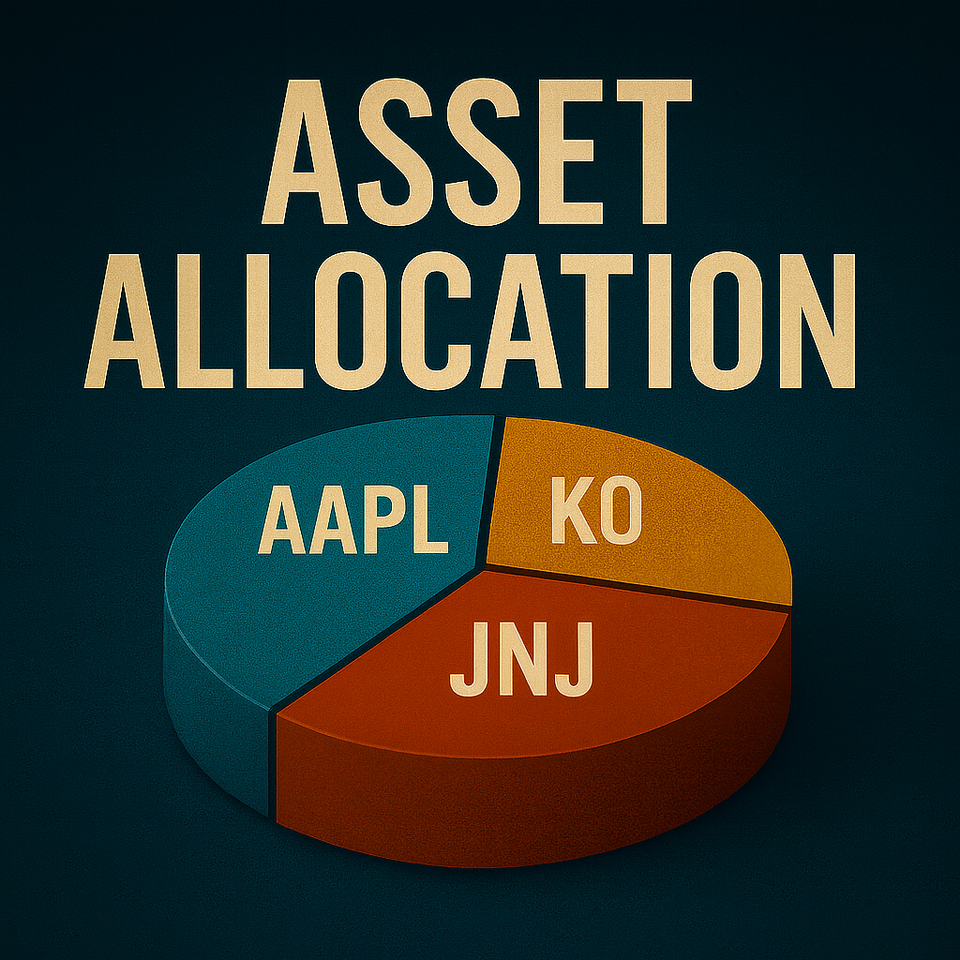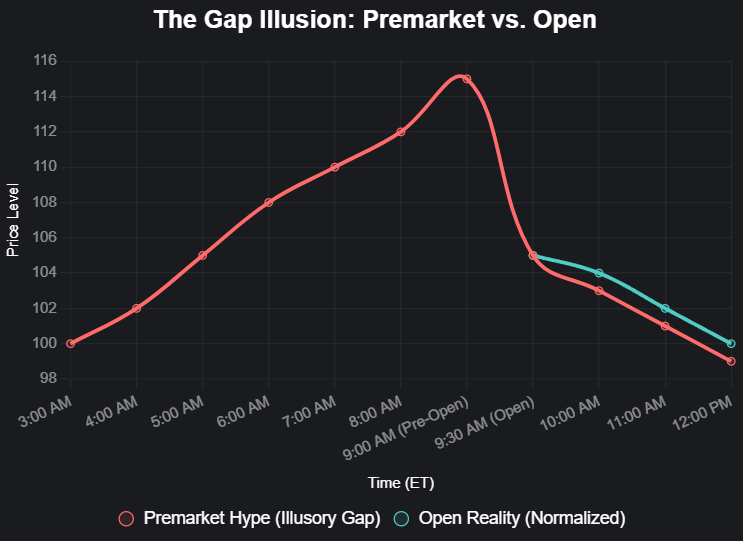What is Asset Allocation?

Asset allocation isn’t some MBA buzzword. It’s the skeleton of your investment portfolio — the structure that decides how much goes into stocks, bonds, cash, or anything else.
Diversification is what you own. Asset allocation is how much of each. Get it wrong, and even the smartest investment strategy won’t save you.
Why Asset Allocation Actually Matters
Most investors obsess over picking stocks. “Should I buy Apple or Amazon? Tech or healthcare?”
Wrong focus. Your portfolio allocation drives more of your long-term returns than the tickers you pick.
If you shove 90% into stocks, you’re signing up for a rollercoaster. You’ll feel every jagged dip the market throws at you. If you overload on bonds and cash, you’ll sleep better, but your wealth crawls.
Think of asset allocation as the steering wheel of your portfolio. Too much toward growth and you’re flying until you skid off the road. Too much toward safety and you’ll never get anywhere. The trick is balance.
The Classic Asset Allocation Strategies
Investors have leaned on a few basic blueprints for decades:
- Aggressive portfolio allocation: 80–90% stocks. Big upside, but buckle up. Works for long horizons and high tolerance for risk.
- Balanced portfolio (60/40): Not sexy, but reliable. Stocks give you growth, bonds calm your nerves.
- Conservative allocation: Mostly bonds and cash, with a sliver of stocks. You won’t brag about returns, but you won’t panic when markets tank.
These mixes aren’t magic formulas. They’re just trade-offs between risk and reward.
Beyond Just Stocks and Bonds
Here’s where most people screw it up: thinking allocation stops at stocks vs bonds.
It doesn’t. Inside the stock bucket, you’re also deciding: growth or value, dividends or speculation, defensive or cyclical. That’s where style meets structure.
A growth-heavy allocation rockets when markets rip — but it craters when tech falls out of favor. Dividend-heavy cushions you with cash flow, but don’t expect fireworks. Defensive stocks smooth the ride. A sprinkle of speculation? Fine. Too much? You’re gambling. That’s where real diversification comes in.
Asset allocation doesn’t just decide the balance between stocks and bonds. It decides which flavor of stocks you lean into.
Asset Allocation vs Sector Allocation
This is the part nobody explains.
Most people hear “asset allocation” and think sectors. Small caps. Large caps. International. Tech. Energy.
That’s not asset allocation. That’s sector allocation — just slicing the stock pie into flavors.
Real asset allocation strategy is the skeleton: stocks vs bonds vs cash (and maybe real estate, commodities, or alternatives). Get that wrong, and it doesn’t matter how many flavors of stock you own. If you’re 100% in stocks — whether it’s Apple (AAPL), Johnson & Johnson (JNJ), or Coca-Cola (KO) — you’re still riding the same rollercoaster when the market drops.
First, build the skeleton. Then, worry about flavors.
Real-World Proof
Look at 2008. Portfolios overloaded with stocks got cut in half. Balanced mixes fell, but not as much. Conservative mixes with bonds and cash preserved capital far better — and that was the reality of a recession hitting full force.
Fast forward to 2020. Aggressive allocations bled the most — but they also snapped back the fastest. Conservative allocations didn’t fall as far, but they crawled out of the hole slower.
That’s the point: asset allocation strategies don’t predict the future. They just decide whether your ride feels like a rollercoaster, a smooth cruise, or something in between.
The Drift Problem
Here’s the sneaky risk: drift.
You start at 60/40. Stocks rally. Suddenly you’re at 75/25 without realizing it. Congrats — you just got more aggressive than you planned.
The fix? Rebalancing. Trim what grew too big, top up what lagged. It feels wrong — selling winners and buying losers — but that’s what keeps your portfolio allocation intact.
Chasing the Hot Hand
Another trap is chasing what’s hot. Tech rips in 2020, everyone piles in. By 2022, they’re nursing losses.
Asset allocation isn’t about piling into the winner of the moment. It’s about resisting that urge. Because the moment you chase, you’ve already broken your discipline.
Time, Goals, and Risk Tolerance
Here’s the part most people ignore: the foundation of every asset allocation strategy boils down to three things:
- Time: How long until you need the money? A short horizon forces you conservative. Decades away lets you lean aggressive.
- Goals: Are you chasing growth, steady income, or just trying not to lose it? Your target decides your mix.
- Risk tolerance: You can design the perfect portfolio, but if you can’t stomach a 30% drop, it won’t matter.
These three levers decide your allocation. Everything else — sectors, styles, speculation — comes after.
The Bottom Line
Asset allocation is the foundation. Aggressive, balanced, conservative — the right mix depends on your time horizon, your goals, and your risk tolerance.
Get those three right, and your allocation makes sense. Get them wrong, and no mix of stocks, bonds, or sectors will save you.
You can’t control the market’s road. But you can control these levers — and that’s what keeps you invested long enough to reach your goals.






Member discussion